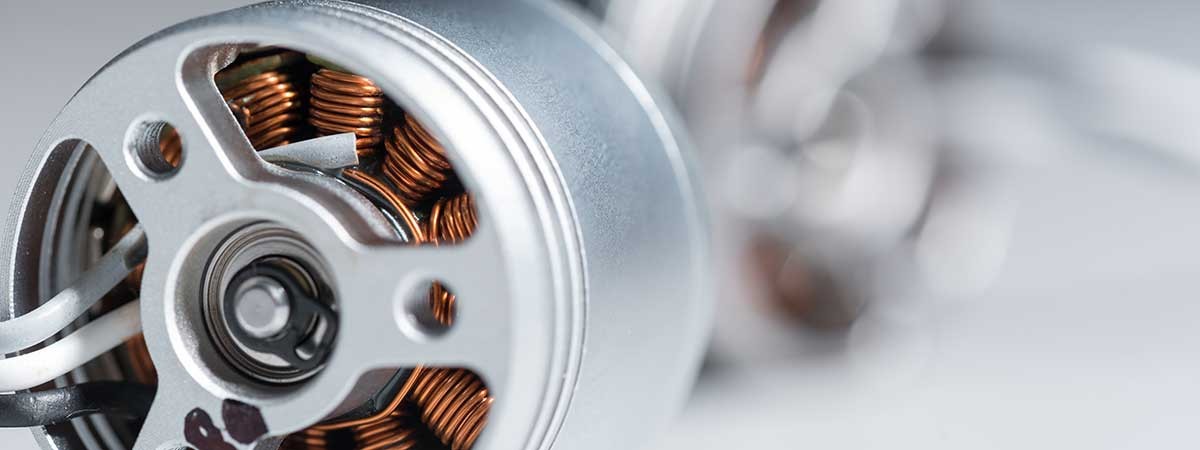Small pores can have a devastating effect on technical components: the oil sump on the engine block or the high-performance generator in the power plant can lead to loss of function and total failure.
Inevitable pore formation
The oil sump is usually made of cast metal. Despite careful production, small pores can develop during casting and further processing. Such material faults make the sump leaky and thus unusable. It is also essential that they do not occur with other cast parts such as brake cylinders, pump housings or valves.Electric motors and generators are much more complex and composed of different materials. Here, too, pores can be fatal, especially in coils and windings. Air inclusions between the wires and the insulation can cause increased resistance, reduced breakdown voltage, partial discharges and even complete destruction of high-voltage components.
So the pores somehow need to be removed. To achieve this, cavities remaining in cast parts and coils are filled with synthetic resin. However, it is not sufficient to apply the impregnation only externally, as is the case with suede shoes because the pores and spaces are tiny and can also be deep inside the parts.
Penetration made easy
Vacuum transports the sealing material into all gaps. First, the parts are heated. Residual moisture evaporates and the synthetic resin becomes more liquid. The work piece is then placed in a vacuum chamber in which a "dry" vacuum extracts vapor and air. The impregnating agent is now run from a container into the evacuated chamber. Atmospheric pressure forces the mass into the smallest pores of the target object.If necessary, this "moist" vacuum is maintained for a while until the work piece is completely penetrated. In the finishing process, excess residues are removed and the impregnation is solidified by hot polymerization. The penetration of coils and windings in electrical components reaches almost one hundred percent; cast parts are permanently pressure-tight after this treatment.
